
Lieutenant-General James FitzThomas Butler, 1st Duke of Ormond, KG, PC, was an Anglo-Irish statesman and soldier, known as Earl of Ormond from 1634 to 1642 and Marquess of Ormond from 1642 to 1661. Following the failure of the senior line of the Butler family, he was the second representative of the Kilcash branch to inherit the earldom.

Earl of Desmond is a title in the peerage of Ireland which has been created four times since 1329. The title was first awarded to Maurice FitzGerald, 4th Baron Desmond, a Hiberno-Norman lord in Southwest Ireland, and it was held by his descendants until 1583 when they rose against the English crown in the Desmond Rebellions. Following two short-lived recreations of the title in the early 1600s, the title has been held since 1628 by the Feilding family of Warwickshire, England. The current holder is Alexander Feilding, 12th Earl of Denbigh and 11th Earl of Desmond.
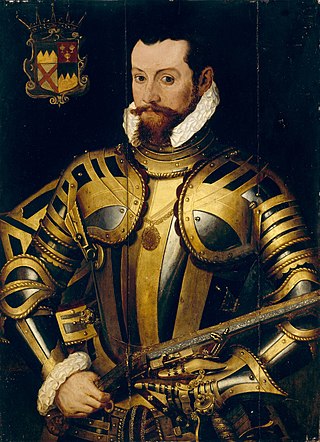
Thomas Butler, 10th Earl of Ormond and 3rd Earl of OssoryPC (Ire), was an influential courtier in London at the court of Elizabeth I. He was Lord Treasurer of Ireland from 1559 to his death. He fought for the crown in the Rough Wooing, the Desmond Rebellions, and Tyrone's Rebellion. He fought his rival, Gerald FitzGerald, 14th Earl of Desmond in the Battle of Affane in 1565.

Gerald FitzGerald, 14th Earl of Desmond, also counted as 15th or 16th, owned large part of the Irish province of Munster. In 1565 he fought the private Battle of Affane against his neighbours, the Butlers. After this, he was for some time detained in the Tower of London. Though the First Desmond Rebellion took place in his absence, he led the Second Desmond Rebellion from 1579 to his death and was therefore called the Rebel Earl. He was attainted in 1582 and went into hiding but was hunted down and killed.
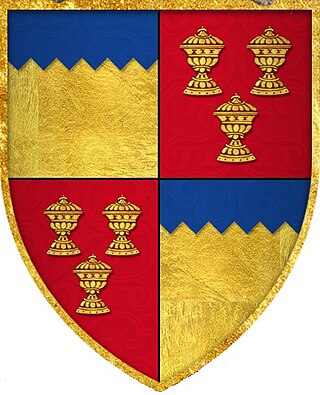
Piers Butler, 8th Earl of Ormond, 1st Earl of Ossory also known as Red Piers, was from the Polestown branch of the Butler family of Ireland. In the succession crisis at the death of Thomas Butler, 7th Earl of Ormond he succeeded to the earldom as heir male, but lost the title in 1528 to Thomas Boleyn. He regained it after Boleyn's death in 1538.

George Feilding, 1st Earl of Desmond was an English nobleman, awarded the title of Earl of Desmond in the Peerage of Ireland by Charles I under the terms of a letter patent issued by James I.

Elizabeth Stanhope, Countess of Chesterfield was an Irish-born beauty. She was a courtier after the Restoration at the court of Charles II of England at Whitehall. She was the second wife of Philip Stanhope, 2nd Earl of Chesterfield.
David Fitz-James de Barry, 18th Baron Barry, 5th Viscount Buttevant (1550–1617), sided initially with fitz Maurice, the rebel, in the 1st Desmond rebellion but changed sides and fought against the rebels. He also fought for the crown in the Nine Years' War.

Lieutenant-General Charles Butler, 1st Earl of Arran, de jure3rd Duke of Ormonde (1671–1758) was an Anglo-Irish peer. His uncle Richard was the 1st Earl of Arran of the first creation. The titles were re-created for Charles in 1693. His elder brother, the 2nd Duke of Ormonde, was attainted during the Jacobite rising of 1715, but in 1721 Arran was allowed to buy the estate back. At the death of the 2nd Duke, he succeeded as de jure 3rd Duke of Ormonde in the Irish peerage but did not claim the title.
Sir Walter Butler, 11th Earl of Ormond and 4th Earl of Ossory (1559–1633), succeeded his uncle Black Tom, the 10th earl, in 1614. He was called "Walter of the Beads" because he was a devout Catholic, whereas his uncle had been a Protestant. King James I intervened and awarded most of the inheritance to his uncle's Protestant daughter Elizabeth. Ormond contested the King's decision and was for that insolence detained in the Fleet Prison from 1619 until 1625 when he submitted to the King's ruling. He then found a means to reunite the Ormond estate, by marrying his grandson James, who had been raised a Protestant, to Elizabeth's only daughter.
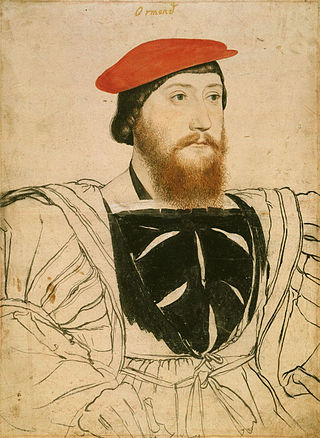
James Butler, 9th Earl of Ormond and 2nd Earl of Ossory, known as the Lame, was in 1541 confirmed as Earl of Ormond thereby ending the dispute over the Ormond earldom between his father, Piers Butler, 8th Earl of Ormond, and Thomas Boleyn, 1st Earl of Wiltshire. He died from poison in London.
John Butler, Earl of Gowran (1643–1677) was an MP in the Irish Parliament 1661–1666 before being created Earl of Gowran in 1676. He married but died childless.
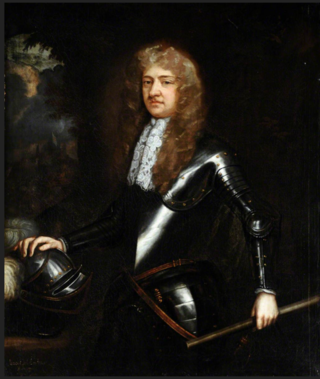
Richard Butler, 1st Earl of Arran (1639–1686) was Lord Deputy of Ireland from 1682 to 1684 while James Butler, 1st Duke of Ormonde, his father, the Lord Lieutenant, was absent in England. He sat in the Irish House of Lords as Earl of Arran and in the English one as Baron Butler of Weston. When William Howard, 1st Viscount Stafford was accused of treason during the Popish Plot, Arran braved the anti-Catholic hysteria and voted not guilty.
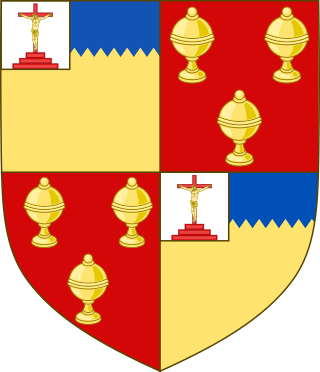
Sir Theobald Butler, 1st Baron Cahir, Caher, or Cahier was the first baron Cahir of the second creation, which occurred in 1583.
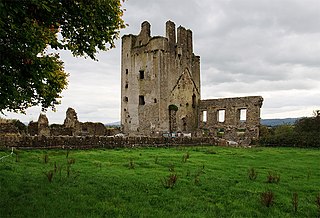
John Butler of Kilcash was an Irish landowner and soldier. A younger son of James Butler, 9th Earl of Ormond and brother of Thomas Butler, 10th Earl of Ormond, he received Kilcash Castle as appanage. He fought in the Desmond–Ormond conflict and was badly wounded in 1563, just before the Battle of Affane. He was the start-point of the Kilcash branch of the Ormonds and the father of Walter Butler, 11th Earl of Ormond.
Thomas Butler, Viscount Thurles was the son and heir apparent of Walter Butler, 11th Earl of Ormond (1559–1633), whom he predeceased. He lived at the Westgate Castle in Thurles, County Tipperary. He was the father of the Irish statesman and Royalist commander James Butler, 1st Duke of Ormonde.
Theobald Butler, 1st Viscount Butler of Tulleophelim, was an Irish peer.

Elizabeth Poyntz (1587–1673), known as Lady Thurles, was the mother of the Irish statesman and Royalist commander James Butler, 1st Duke of Ormonde.
Elizabeth Preston, Countess of Desmond and 2nd Baroness Dingwall was the only daughter of Thomas Butler, 10th Earl of Ormond, called Black Tom, a lone Protestant in his Catholic Old English family. Her marriage and inheritance were manipulated by James I to keep Black Tom's inheritance out of the hands of his Catholic successor, Walter of the beads and bring them into the hands of his Scottish favourite Richard Preston, Lord Dingwall.

Elizabeth Butler, Duchess of Ormond and 2nd Baroness Dingwall reunited the Ormond estate as her maternal grandfather, Black Tom, 10th Earl of Ormond had it, by marrying James Butler, later Duke of Ormond, her second cousin once removed. She had inherited her share of the Ormond estate through her mother, Elizabeth Preston, who was Black Tom's daughter and only surviving child. Her husband had inherited his share from his grandfather Walter Butler, 11th Earl of Ormond, Black Tom's successor in the earldom. Her share was the bigger one and included Kilkenny Castle.